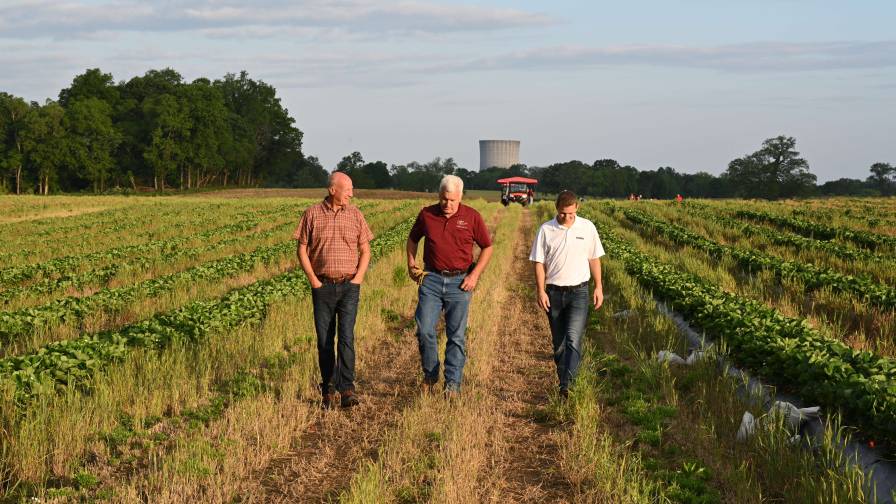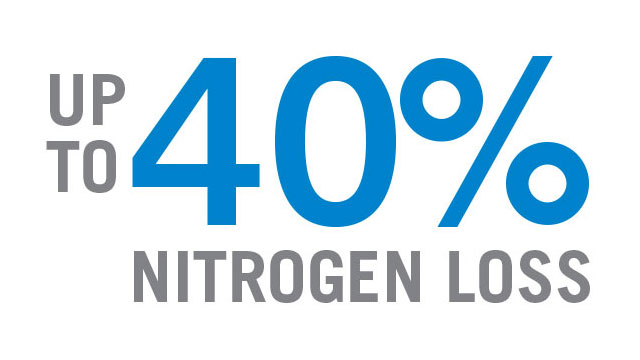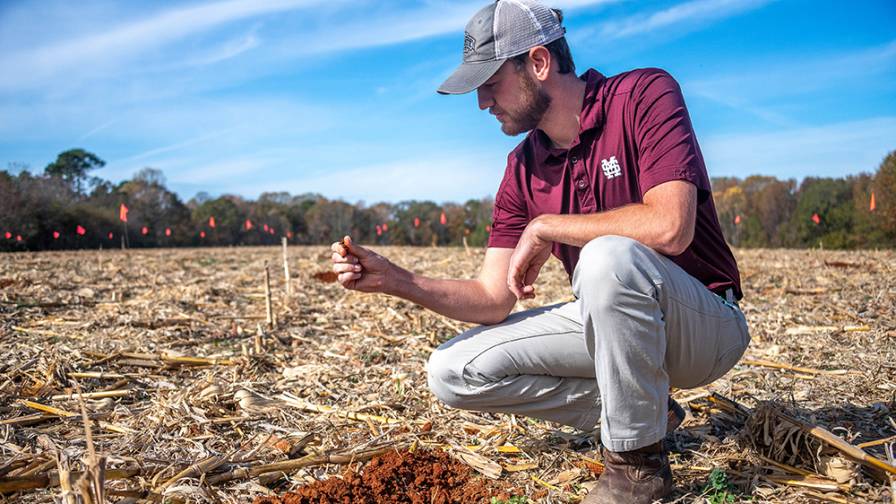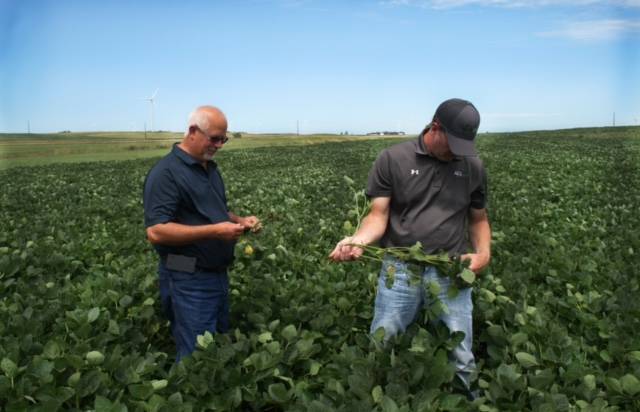How the 4Rs of Nutrient Stewardship Are Paving the Road to Sustainability
Fertilizers play a significant role in securing food production worldwide, accounting for about 40% to 60% of total crop yield, according to numerous studies. Meeting future food security targets requires the responsible use of nutrients, a mission defined by the 4Rs of nutrient stewardship.
Although these four factors — right source, right rate, right time, and right place — have the end goal of keeping nutrients in the field. have been pillars of nutrient application for decades, the rise of sustainability has solidified the concept for growers.
Today, 4R implementation aligns the economic, environmental, and social components of nutrient stewardship. It also provides a framework for more proactive caretaking of a crop, says Adam Herges, Sustainability Agronomist Advisor at The Mosaic Co.

Determining what nutrients are already available in the soil is a critical tenet of stewardship. Photo credit: The Mosaic Company
“These are some of the things that farmers have been doing for decades — applying fertilizer in the fall and planting in spring,” says Herges. “But under the 4Rs, it’s a higher level of management. For example, if you’ve always done a fall application of fertilizer, how about a spring application?”
The 4R model is science-based, designed to guide proper chemical usage all over the globe. Given that crop inputs have become more expensive, it only makes sense that users are extra cautious about the rates of nutrients they apply, Herges says.
For companies including Mosaic, the 4Rs are a baseline in discussing efficient nutrient use with growers and their trusted advisors, he adds.
“It’s been a big transition, because there used to be one or two people on a farm helping with management decisions,” Herges says. “Now, a typical farm may have a dozen people influencing operations. The 4Rs make that journey easier.”
In with the New
Ensuring fertilizer stays in the field and away from waterways is site-specific, Herges says. For instance, farmers near Lake Erie are advised to follow a phosphorous reduction program of crop rotation, slowing water run-off, and minimizing use of fertilizers and manure that contain phosphorus.
Through a 4R lens, producers can transition phosphorous applications from fall to spring while “spoon-feeding” crop nutrients in multiple passes — a method proven by university-based research to have positive outcomes for plant growth and regional water resources alike, notes Herges.
“We’re seeing 50% reduction in phosphorous loss if we incorporate it into soil and move to a spring application when the crop is growing,” he says. “It’s all about timing and placement for these nutrients — the subtle things a farmer can do to increase efficiency and keep nutrients in the field.”

Huma Executive Vice President of Sales and Marketing Fred Nichols, left, walks a field with a customer. Photo: Huma Inc.
Managing risk is another crucial tenet of the 4Rs. Though farmers understandably think short-term when it comes to profit-per-acre, integrating stewardship best practices can provide long-term benefits when utilized correctly, says Fred Nichols, Vice President of Sales and Chief Marketing Director at Huma.
“Excessive nutrient application used to be an insurance policy for weather or poor conditions,” Nichols says. “Nutrients should be pinpointed with precision. We have tools we must utilize, because we’re not just feeding plants, we’re also feeding the soil.”
Farmers can maintain sustainability by measuring their carbon intensity (CI) score, which evaluates the carbon footprint per bushel of grain yielded. What’s more, the “old days” of employing nutrients prior to planting have been replaced by fertilizer use during the growth process, Nichols says.
Farmers should be incentivized for tracking CI scores and using biological fertilizers, Nichols says. Nutrient stewardship simply makes sense, as poorly managed fertilizer treatment can decrease profitability and potentially degrade surrounding air and water, he continues.
“Farming can be a short-sighted business, because you’ve got to make a living this year,” says Nichols. “The key is to put together systems that look at the long- and short-term.”
Precision Counts
Spending money wisely is a “rallying cry” for the widespread integration of 4R, says Kyle McClelland, Seed and Technical Agronomy Manager with BRANDT. Implementing recognized stewardship methods is even more important due to the brighter spotlight on environmental issues, he says.
“It’s obviously key, and one of the biggest things we do,” McClelland says. “Every one of the 4Rs is what keeps a farmer in business, and what keeps retailers like BRANDT as the best stewards we can be for the environment.”
BRANDT uses a nitrogen rate calculator to help customers determine their fertilizer needs, leading to high return on investment with sustainability as a critical side effect.
“Growers see yield increases without having to put on another pound of fertilizer,” McClelland says. “That’s exactly what we want — to maximize yield without growers putting in any extra inputs.”
Farmers eager to learn about nutrient stewardship don’t have to look far, says Mosaic’s Herges. Websites like 4Rfarming.org offer case studies that clarify stewardship innovations alongside advanced 4R practices.
Companies like Mosaic are part of this evolution, achieving grower buy-in via establishment of a higher level of farm administration. While no-till farming and other long-standing agronomic practices can support nutrient stewardship, the precise use of fertilizer remains the heart of the matter, Herges says.
“4R is not a silver bullet, but it is a foundation,” he says. “Without proper fertilizer application, cover crops and all the other things we’re doing won’t help. Be more precise, and then you can reach even higher benefits with your conservation practices.”





